
We have taken a look at elephants in the past, however, we focused on their interesting behaviours such as grief and altruism. Today, I want to help Hailey’s little brother with his project on elephants, so we are going to look at some of the unique physical features of these gentle giants. There are two types of elephants in this world, African and Asian. I would like to focus today’s fact on the larger and in my opinion the more popular African Elephant.
The African elephant is the largest known land mammal and can be found in Central and Southern Africa. I know it is shocking to hear that you can find the African Elephant in Africa. These elephants spend their time wandering the Savannah grazing on grass and searching for water. You can probably imagine how hot it can get in Africa so how do elephants handle the heat? Well for starters their super large ears aren’t just a fashion statement. The large surface area of their ears helps radiate the heat and keeps them cool. When it gets to hot to handle, the elephant will then go and play in the water. You know you would do the same thing. Elephants are often seen sucking up water with their trunk and spraying it all over their bodies. This shower actually keeps them cool. After they finish with their water park the elephant will often cover himself in sand. Mother’s can probably relate to this phenomenon. I am sure you have given your child a bath and before you can get them changed into their pajamas the little rascals are outside playing in the dirt. I guess it is a little different since elephants use this dust to protect their skin from elements such as the sun.
Besides the ears, people usually notice the trunk of the elephant. Not only does the trunk act as a nose but it is also used for drinking, breathing, trumpeting and of course grabbing things. Believe it or not there are a 100 000 muscles in the trunk alone! The African Elephant also has two finger-like features at the end of their trunk which is excellent for picking up their favourite food, leaves and grass. For the record, the Asian Elephant only has one of these finger-like adaptations.
African Elephant Fast Fact: Both female and male African Elephants have tusks that can grow to 2.5 metres (7.5′) and weigh between 50 and 100 pounds. They use the tusks to dig in the ground for food and water as well as to strip bark off the trees. Males will also use their tusks to battle with other male elephants. Unfortunately, these tusks have caused problems for the elephant since poachers will kill the elephant simply for their ivory tusk.
I recommend checking out the following sites for more information:
As well, don’t hesitate to ask any questions. Have a great weekend!

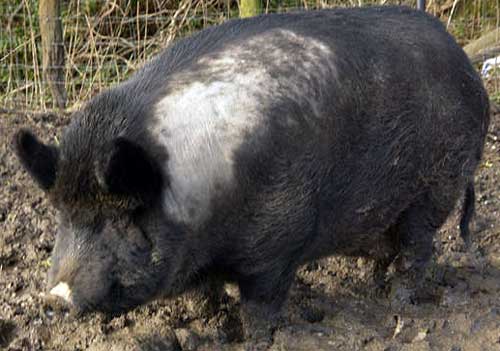
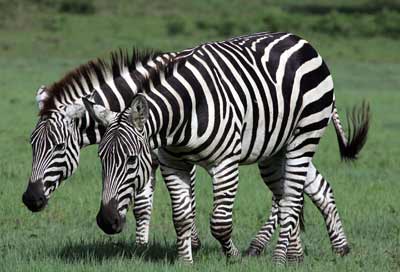
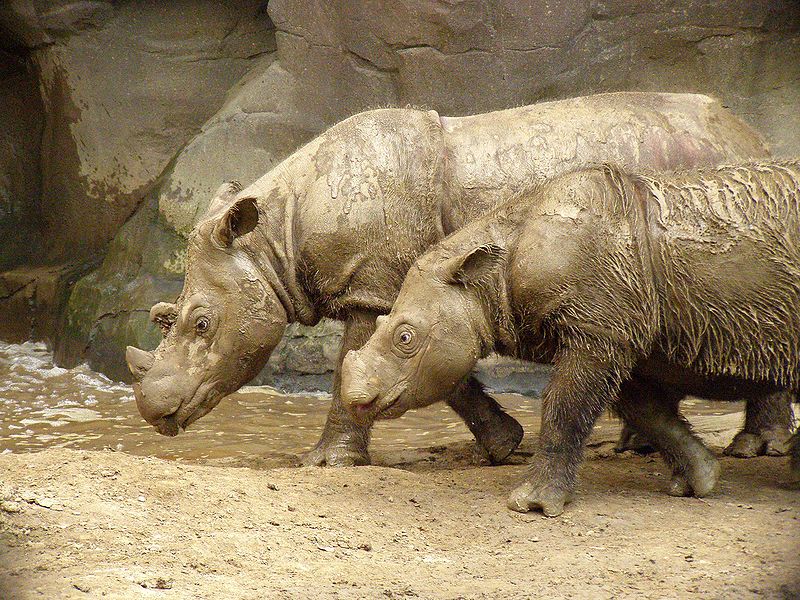
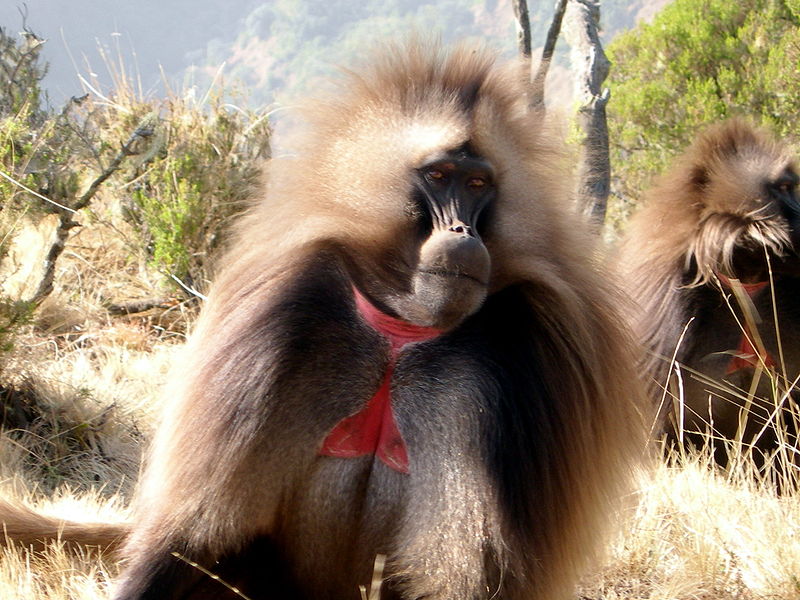
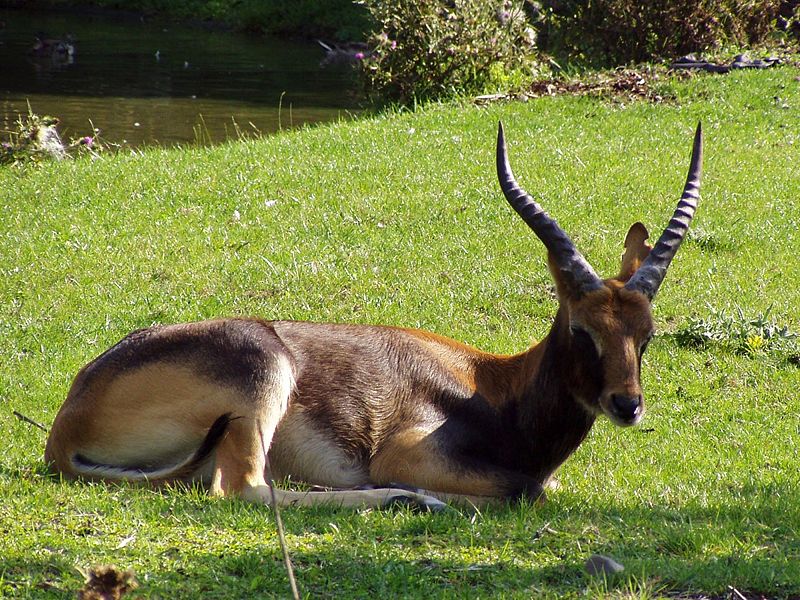

thank you so much this is a big help for my little brother
No problem, Hailey.
You know where to find me if he has any questions.
Have a great weekend!
@Nathan, thanks you too!! 🙂
Nathan-I’ve been told that, unlike the Asian elephant, the African, like a cat, cannot be trained. Is this true? If so, it raises my esteem even higher for these magnificent creatures. I have to come here and visit more often. I always leave with a broad smile on my face.
Hey NP,
I don’t want you to lose your appreciation of these majestic animals but the African Elephant can also be trained. The thought that Asian elephants are better for zoos and circuses is due to the fact that catching and training elephants was an Asian tradition. In fact one of the most famous zoo and circus elephant, Jumbo, was an African elephant. As well, it is getting more and more common to ride an African elephant while on safari in Africa.
While they can be trained they are amazing and intelligent animals. Keep Smiling, NP!
Nathan-I love that you knew all this stuff. My admiration is boundless.
To be honest, NP, I did have to research a little bit about elephant training. Fascinating question you asked though so thank you!
@nothingprofound, thats not what im looking for
Thanks sooo much!! I never knew that African elephants could be trained!!
Thanks for visiting Wild Facts, Alana!
Are you planning on training an African Elephant?? 🙂